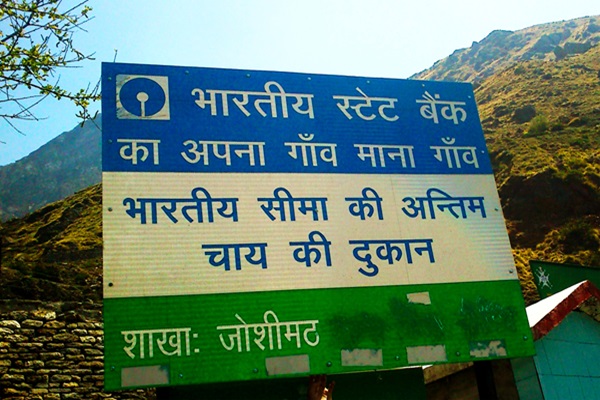.png)
SBI’s Lending Drag Signals Cracks In India Inc’s Investment Engine
SBI’s slowing corporate loan growth and weak infrastructure lending expose a deeper investment slump despite strong balance sheets and government incentives.

By Richard Fargose
Richard is an independent financial journalist who tracks financial markets and macroeconomic developments
May 5, 2025 at 1:27 PM IST
When India’s banking behemoth catches a cold, the economy sneezes.
The country’s largest lender is more than just a bellwether; it is the market itself when it comes to infrastructure and corporate credit. So when the State Bank of India reports sluggish growth in those segments—despite decent overall advances—it is a flashing caution signal for the economy.
The headlines from SBI’s January-March quarter were decent enough: net profit slipped, margins contracted, asset quality improved, and for FY25, advances rose 12.03%. But scratch beneath the surface, and the texture changes. Retail and SME lending did the heavy-lifting, while the corporate loan book, especially infrastructure, stumbled. That’s a problem for SBI, for its investors, and for policymakers banking on a private capex revival.
Capex Conundrum
Corporate loans were supposed to be SBI’s big growth engine. Instead, infrastructure disbursements barely moved—a growth of 0.5% in 2024-25, a rounding error given the sector’s importance to SBI’s loan book and India’s investment narrative.
Part of the drag came from an unexpected source—prepayments by central public sector undertakings, which used equity funding to deleverage their balance sheets. This supply-side dynamic shaved off a portion of the corporate loan book, compounding the effect of weak fresh demand.
The bank had earlier forecast credit growth of 14–16% for 2024–25. That number has now been revised downward to 12–13% for 2025–26.
When the country’s dominant infra lender turns cautious, it’s hard to argue the investment engine is running hot. SBI accounts for over a fifth of India’s total outstanding banking credit and nearly 30% share of infrastructure lending, according to a back-of-the-envelope calculation.
Why isn’t corporate India borrowing more? The usual suspects are back: a cautious business mood, a preference for internal accruals, and a dearth of bankable big-ticket projects. The balance sheets are healthy, government incentives are in place, but the risk appetite isn’t.
Margin Headwinds
SBI’s lending problems don’t end with volume. The bank is also getting squeezed on spreads. Net interest income rose just 3% year-on-year, and margins narrowed on the back of rising competition for deposits, slow repricing of loans, and lower treasury income.
This isn’t just about SBI’s execution; it’s a structural issue. While funding costs are beginning to plateau, yields have yet to rise meaningfully, and pricing power remains muted.
With the Reserve Bank of India likely to cut rates further, banks with large books of fixed-rate loans, like SBI, are staring at further margin compression. Chairman C.S. Setty’s projection of a 50-basis-point rate cut this year only adds to the pressure.
That said, SBI’s CASA deposits grew 6.34% in the quarter, enhancing its low-cost funding base, a structural strength that could buffer the impact of rate cuts and support margin recovery once credit demand revives.
Yet, it wasn’t lending spreads that buoyed SBI’s March-quarter numbers. A one-time ₹33 billion gain from the revaluation of government-guaranteed security receipts, along with strong dividend income from subsidiaries, flattered the bottom line.
Asset quality also continues to improve. Gross NPAs fell to 1.82%, and credit costs remained under control below 40 basis points, providing a reassuring cushion.
The risk, for once, is not coming from the asset side. But in a growth-hungry market, that’s cold comfort.
The concern here is trend, not one-offs. A slowdown in corporate credit and margin pressure at the same time doesn’t make for a great combination.
Broader Signal
This isn’t a crisis, but it’s not a blip either. SBI’s lending trends mirror the broader caution in India Inc. Despite supportive policies, the private sector isn’t biting. And until corporate credit picks up, the broader investment story remains incomplete.
For now, SBI can lean on its scale, brand, and conservative risk posture. But the bank and the economy need India Inc to re-engage with risk.
SBI’s subdued corporate lending isn’t just its own headache; it’s a macro tell. Until private investment stirs, don’t expect India Inc’s next big leg of growth to show up in bank balance sheets.






